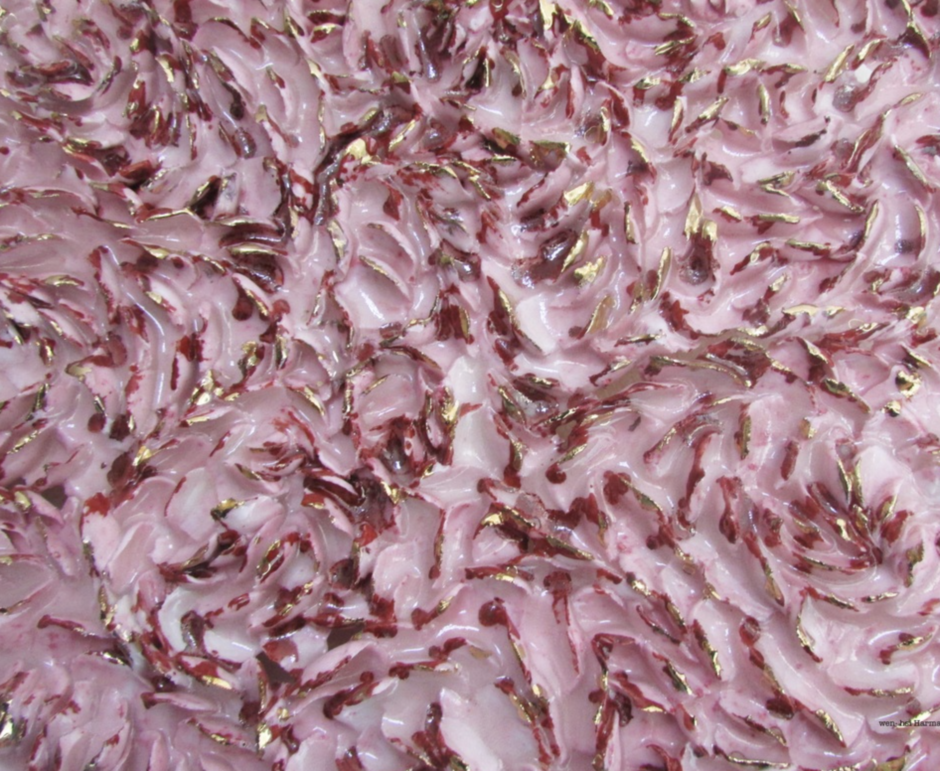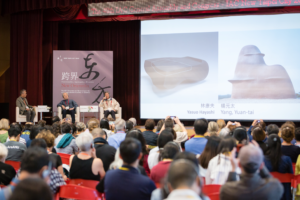Wen-Hsi Harman
 Detail of “Identity” (2015) by Wen-Hsi Harman |
|
|
“Hybrid ceramics – in between Taipei and Bristol” ABSTRACT This paper will investigate, as a Taiwanese ceramic artist living away from my homeland, how my ceramic practice attempts to combine Taiwanese social rituals and context with my research through clay to express my cultural identity. |
Third, I will analyse the status of bananas in Taiwan and how they were known as the King of Fruits in Taiwan from the 1930s to the 1960s, were smaller than Caribbean bananas, and also more chewy and sweet. For banana-growing countries, bananas are often of major economic importance in international trade with other countries. This fruit has huge political implications linked with who grows them, who trades them and who buys them, associated with human concerns and political awareness. My work demonstrates these tensions by assembling earthenware casts of real Western and Taiwanese bananas in different combinations. Finally, I will discuss my installation work: the language of ceramics. I used traditional Chinese characters to reflect national identity and personal identity through the visual and physical aspects of language to communicate with the audience. Being a ceramic artist living and working between two cultures offers me an opportunity to consider myself an outsider in both cultures. Making ceramics in different cultural locations has provided a catalyst to my work, reviewing and responding to the tension, confusion and ambiguity. |
| Click here to view Wen-Hsi Harman’s presentation | |
éditorial N°1
Cette page web est axée sur le thème général de «Nouvelle Orientalia - Fonctionnalité, Spiritualité, Diversité».
(read more...)


